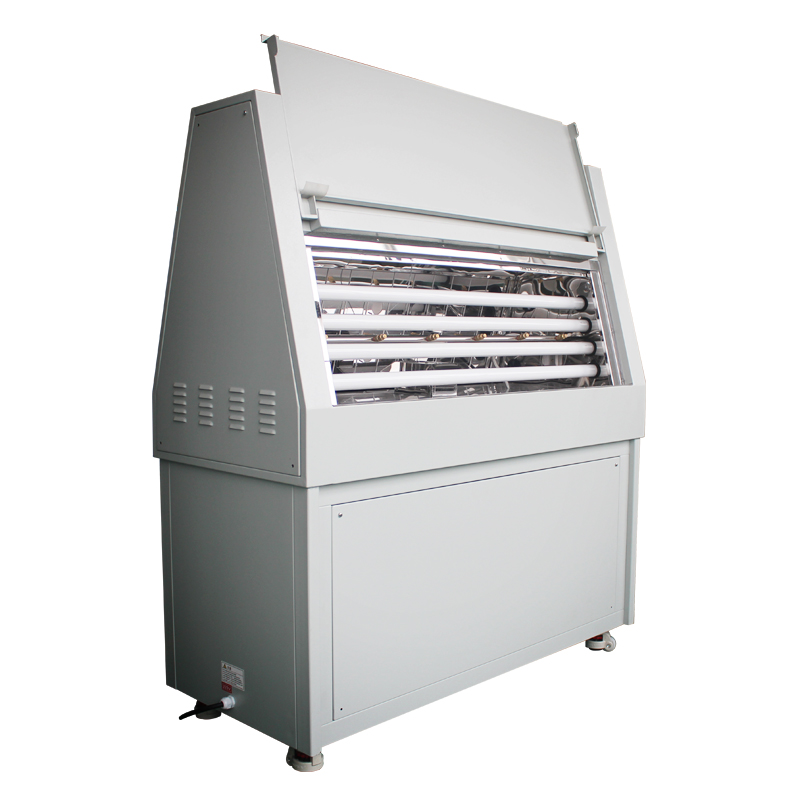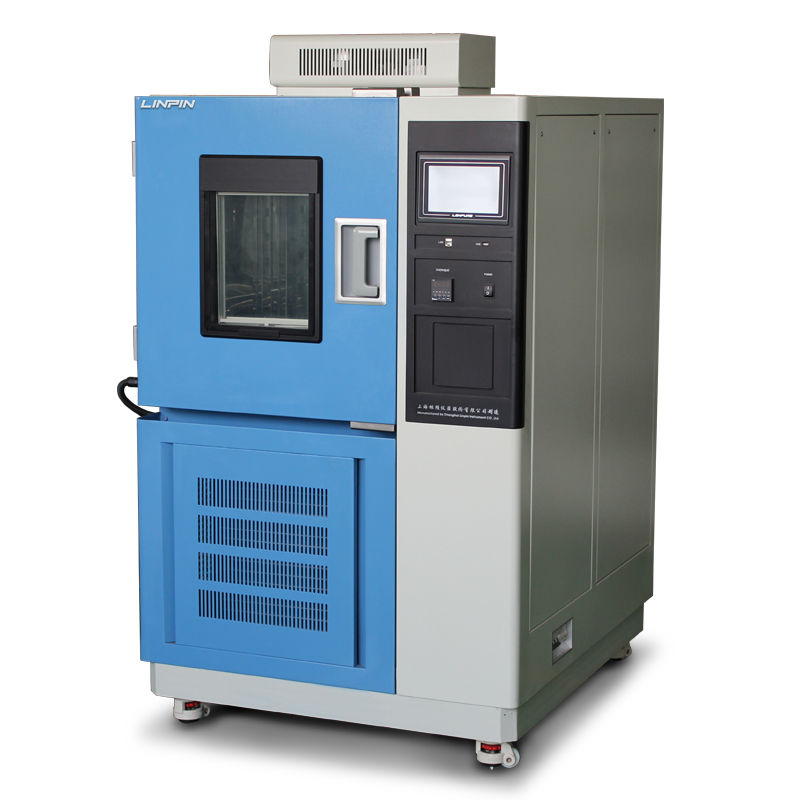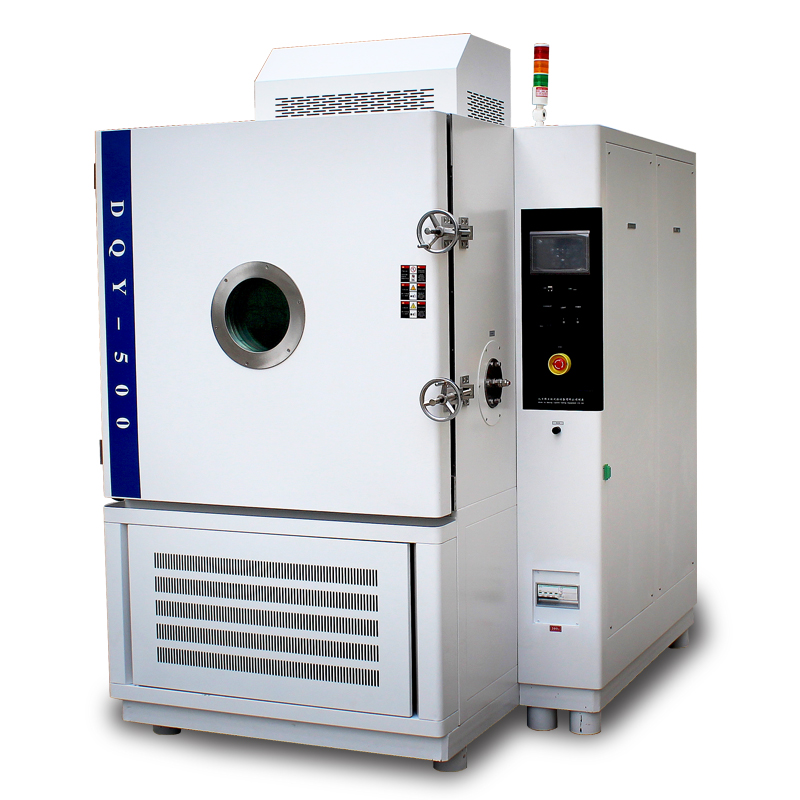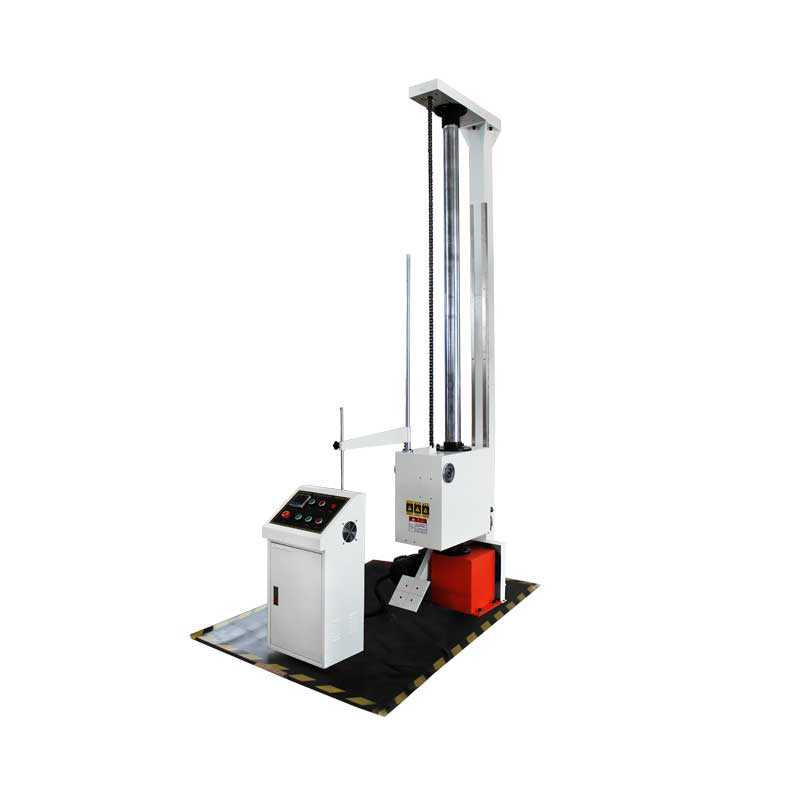Why do some products get scrapped directly after testing in a UV aging test chamber?
Author:LINPIN Update Time:2025-08-12 Source:LINPINImagine this: A product with a sleek appearance and full functionality is sent into a UV aging test chamber shortly after launch, only to "die" and be scrapped within just a few days or weeks. The manufacturer is shocked: Is it a process issue? Substandard materials? Or is the test chamber too "brutal"? The answer isn’t simple, but the truth is more critical than imagined—UV aging isn’t the "enemy" but rather a magnifying glass. It compresses the gradual damage caused by long-term exposure to sunlight and environmental factors into a controlled short-term failure, allowing us to quickly see the product’s true lifespan and potential risks.
1. What does a UV aging test chamber do?
Working principle: Simulates the ultraviolet (UV) spectrum of sunlight, using controlled UV light sources, temperature, humidity, and condensation cycles to accelerate photochemical degradation, thermal oxidation, and physical fatigue in materials.
Testing purpose: Exposes potential degradation pathways, verifying performance deterioration such as color changes, surface cracking, chalking, and strength loss in materials or coatings under long-term outdoor exposure.
Advantage: Compresses years or even decades of natural aging into weeks or months of testable results, saving time and costs while enabling early decisions on improvements or material changes.

2. Which products are directly scrapped after testing? (Typical scenarios, pinpointing pain points)
- Plastic casings, optical components, silicone seals: Cracking, fracturing, embrittlement, or severe loss of transparency, leading to functional failure or safety risks.
- Coatings and paints: Large-scale peeling, chalking, or significant color shifts, affecting appearance and protective performance.
- Electronic encapsulation materials and keyboard keys: Seal failure or noticeable degradation in tactile feel and elasticity, causing operational failure or water ingress risks.
- Composite materials and adhesives: Delamination or loss of mechanical properties, increasing the risk of structural failure.
3. Why are they directly scrapped? (Core reasons analyzed)
- Material inherently lacks UV resistance: Some formulations lack UV stabilizers (e.g., photoinitiators, absorbers, blockers) or use cost-driven but aging-prone resins and additives.
- Design and thickness issues: Thin-walled structures are more prone to thermal stress concentration, with higher stress at certain areas (edges, corners) leading to early failure.
- Improper surface treatment or coating selection: Lack of UV-protective layers or poor adhesion between coatings and substrates accelerates peeling.
- Production process introduces defects: Uneven mixing, residual stress, incomplete curing, or light-sensitive impurities weaken aging resistance.
- Synergistic environmental effects: UV combined with high temperature, humidity, or chemical media creates compounded failure modes, rapidly degrading critical properties.
- Mismatched standards/requirements: Product’s intended use (long-term outdoor exposure) doesn’t align with material grade, leading to disqualification.

4. Consequences and risks (Highlighting the severity)
- Brand and reputational damage: Rapid fading or cracking products in the market severely erode consumer trust.
- Cost waste and recall risks: High production scrap rates or market recalls incur massive expenses.
- Safety and compliance issues: Structural failure, seal failure, or optical performance loss may lead to safety hazards and regulatory penalties.
5. How to prevent the "post-test scrapping" tragedy? (Practical advice to add value)
- Material selection from the start: Prioritize UV-stabilized resins, formulations with UV absorbers or light stabilizers, or opt for UV-resistant polymers (e.g., specially modified materials).
- Design optimization: Increase thickness at critical points, avoid sharp corners to reduce stress concentration, modify geometry to minimize UV exposure, or use protective covers.
- Surface engineering: Apply UV-resistant coatings, UV-blocking films, or antioxidant layers, ensuring compatibility and adhesion with substrates.
- Strict process control: Optimize mixing, curing, and drying processes to minimize internal defects and residual stress.
- Early accelerated testing: Conduct UV aging tests during R&D for rapid iteration of formulations and processes, avoiding post-production recalls.
- Combined protection strategies: Use multiple approaches like shading, coatings, and UV-blocking films for enhanced weather resistance.
- Establish reliable accelerated-natural correlation: Calibrate test conditions using industry standards (e.g., ISO, ASTM) to ensure results predict real-world lifespan.
The UV aging test chamber isn’t a "death sentence" judge but a magnifying glass that exposes problems early. Treating it as an enemy may scare businesses with seemingly harsh but truthful results. Treating it as a partner allows product design and material formulations to be refined early, ultimately leading to longer lifespans, less waste, and stronger market competitiveness.





